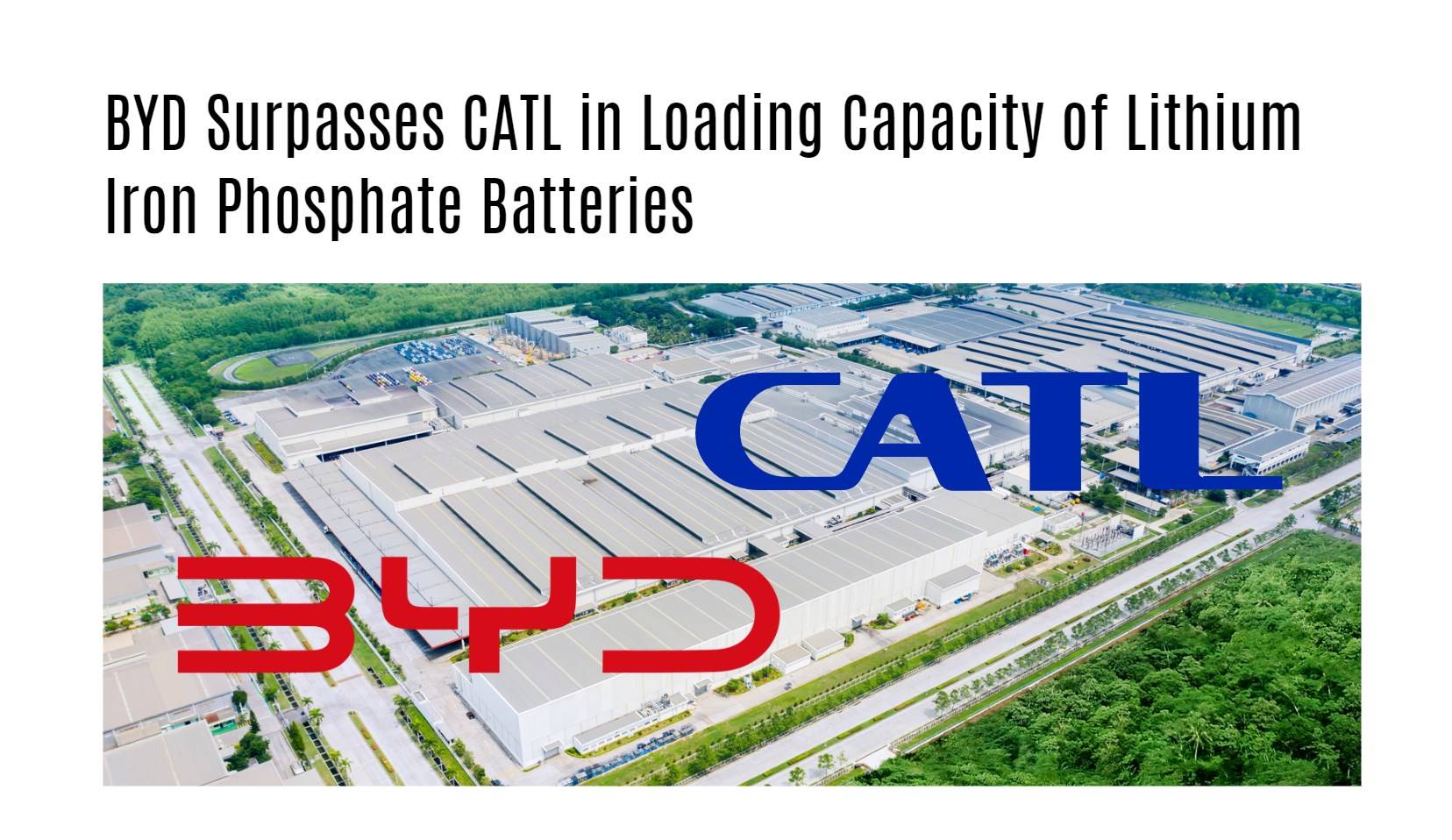In May 2024, the dynamics of China’s electric vehicle (EV) battery market showcased intriguing shifts, with notable changes in market share among key players. This analysis delves into the latest data released by the China Automotive Battery Innovation Alliance (CABIA), highlighting significant trends and insights that shaped the landscape during this period.
CATL’s Market Share Decline and BYD’s Ascendance
CATL, a prominent player in the EV battery sector, experienced a decline in its market share during May 2024. The company installed 17.29 GWh of power batteries, maintaining its top position with a 43.87% share, albeit down from April’s 44.65%. This marginal decline, indicative of 0.77 percentage points, underscores a shifting competitive environment within the industry.
On the other hand, BYD demonstrated robust growth, solidifying its position with a 28.97% share, up from 28.37% in April. The company’s installed capacity of 11.42 GWh in May marks a significant increase, reflecting its strategic focus on expanding its footprint in the NEV segment.
Insights into Installed Base and Growth Rates
The total installed base of power batteries in China reached 39.9 GWh in May 2024, marking a 41.2% year-on-year increase and a 12.6% month-on-month rise from April. This growth trajectory highlights the accelerating adoption of electric vehicles and the pivotal role of battery technologies in supporting this transition.
Trends in Lithium Ternary and LFP Batteries
In terms of battery composition, lithium ternary batteries constituted 10.4 GWh, accounting for 26.0% of the total market share. This segment observed a 14.7% year-on-year increase and a 4.3% month-on-month rise, underscoring continued technological advancements and market acceptance.
Conversely, lithium iron phosphate (LFP) batteries dominated with 29.5 GWh installed, comprising 74% of the total market. This segment exhibited substantial growth, with a 54.1% year-on-year increase and a 15.8% month-on-month rise, driven by robust demand and technological refinements.
Leading Players in Ternary and LFP Markets
CATL maintained its leadership in ternary battery installations with a commanding 68.24% share, followed by CALB with 10.60% and Svolt Energy with 5.49%. In the LFP battery segment, BYD led with 38.68%, followed closely by CATL with 35.76% and CALB with 6.62%. These rankings underscore the competitive dynamics and strategic positioning of key market players.
Implications of NEV Sales Growth on Battery Market Share
The growth in BYD’s NEV sales, totaling 331,817 units in May 2024, reflects a 5.93% increase from April. This uptick in vehicle sales directly correlates with BYD’s expanding market share in EV batteries, highlighting a symbiotic relationship between vehicle production and battery demand.
Future Outlook and Strategic Considerations
Looking ahead, the Chinese EV battery market is poised for further evolution driven by technological innovations, regulatory developments, and consumer preferences. Industry stakeholders must navigate these dynamics adeptly to capitalize on growth opportunities and sustain competitive advantage.
Conclusion
In conclusion, the May 2024 data from CABIA provides a comprehensive snapshot of China’s EV battery market dynamics. CATL’s slight decline in market share and BYD’s progressive growth underscore shifting industry trends. As the market continues to expand, proactive adaptation to technological advancements and market demands will be pivotal for stakeholders aiming to thrive in this competitive landscape.
By offering a detailed analysis of market trends and insightful projections, this overview equips industry participants with valuable intelligence to navigate and succeed in the evolving EV battery market landscape. For further updates and in-depth analysis, stay tuned to CnEVPost for authoritative coverage and strategic insights.




